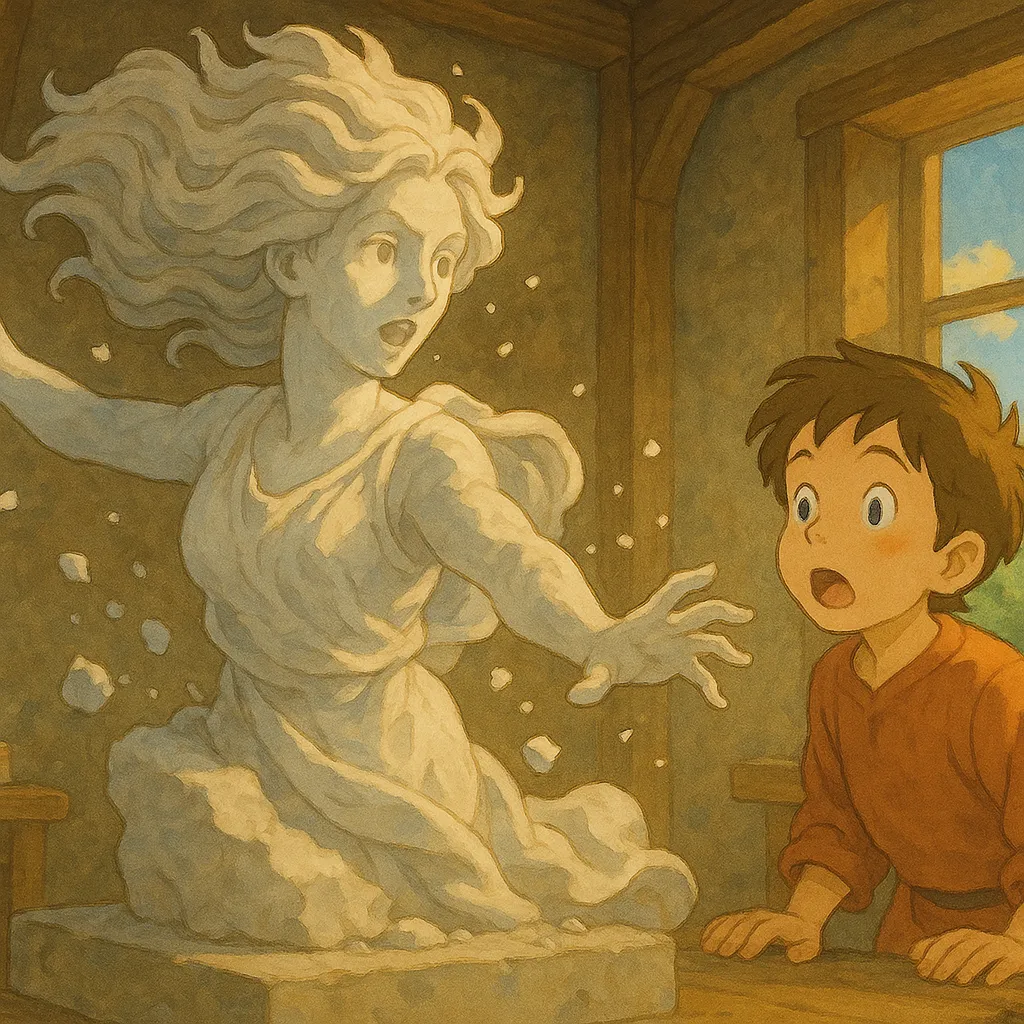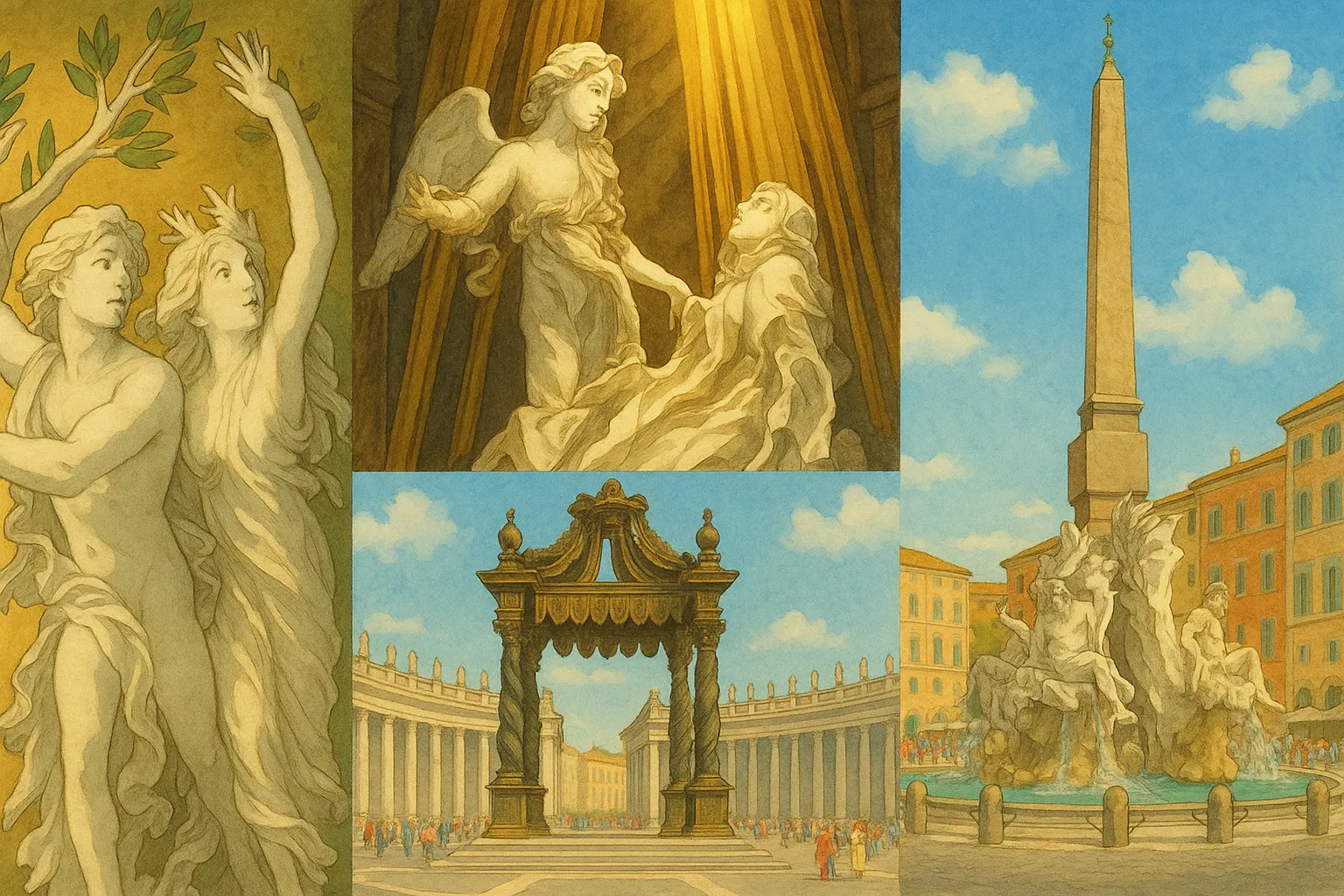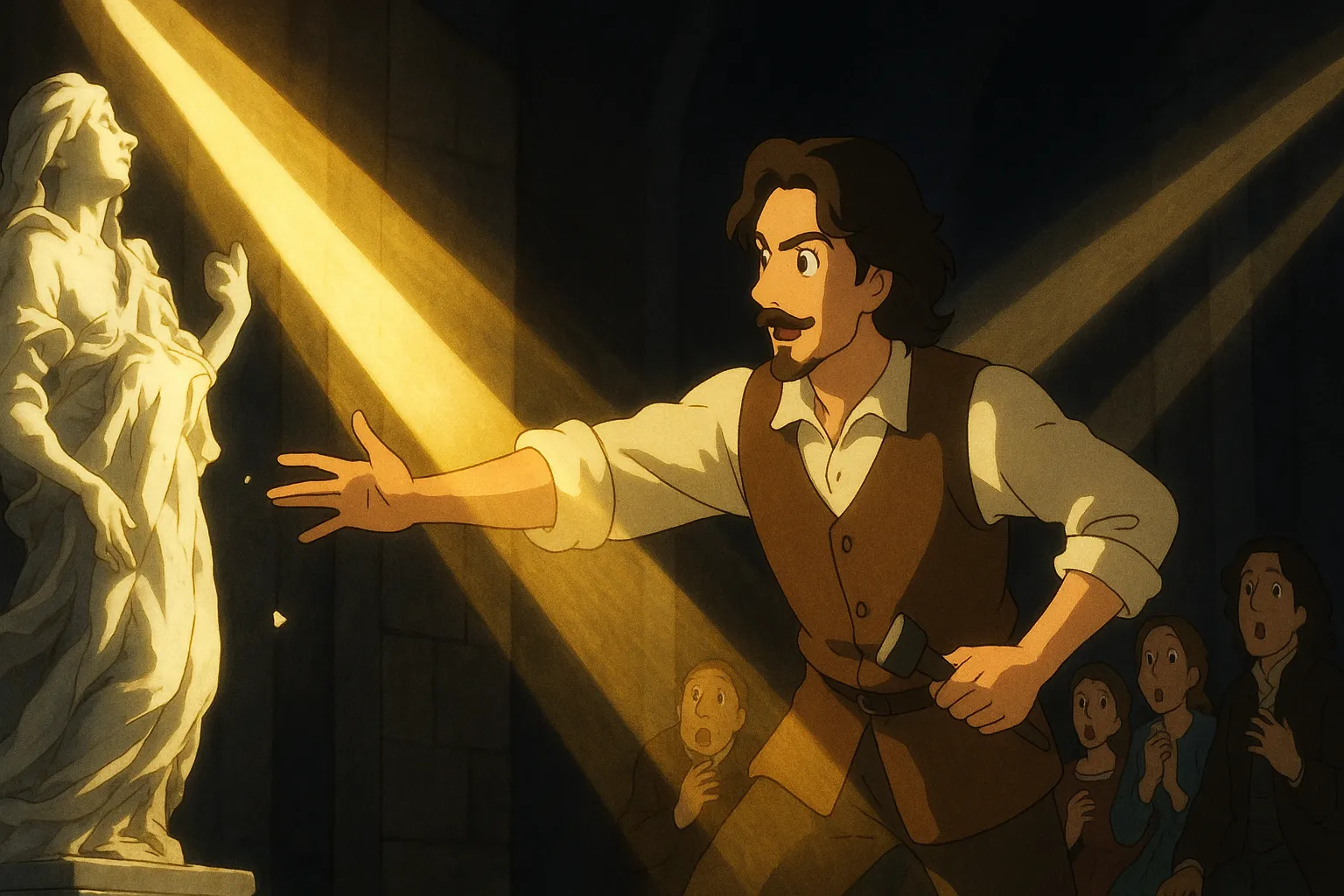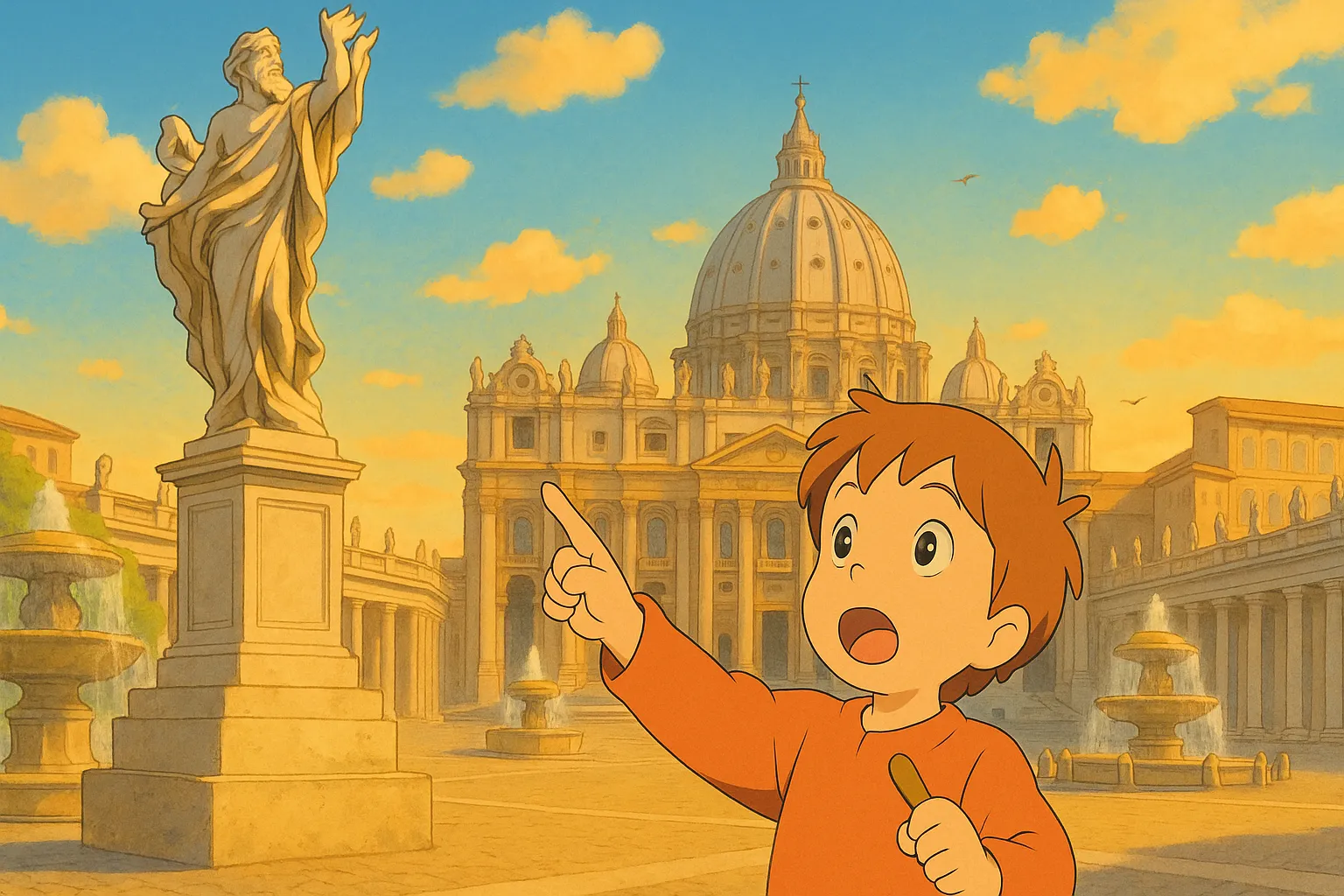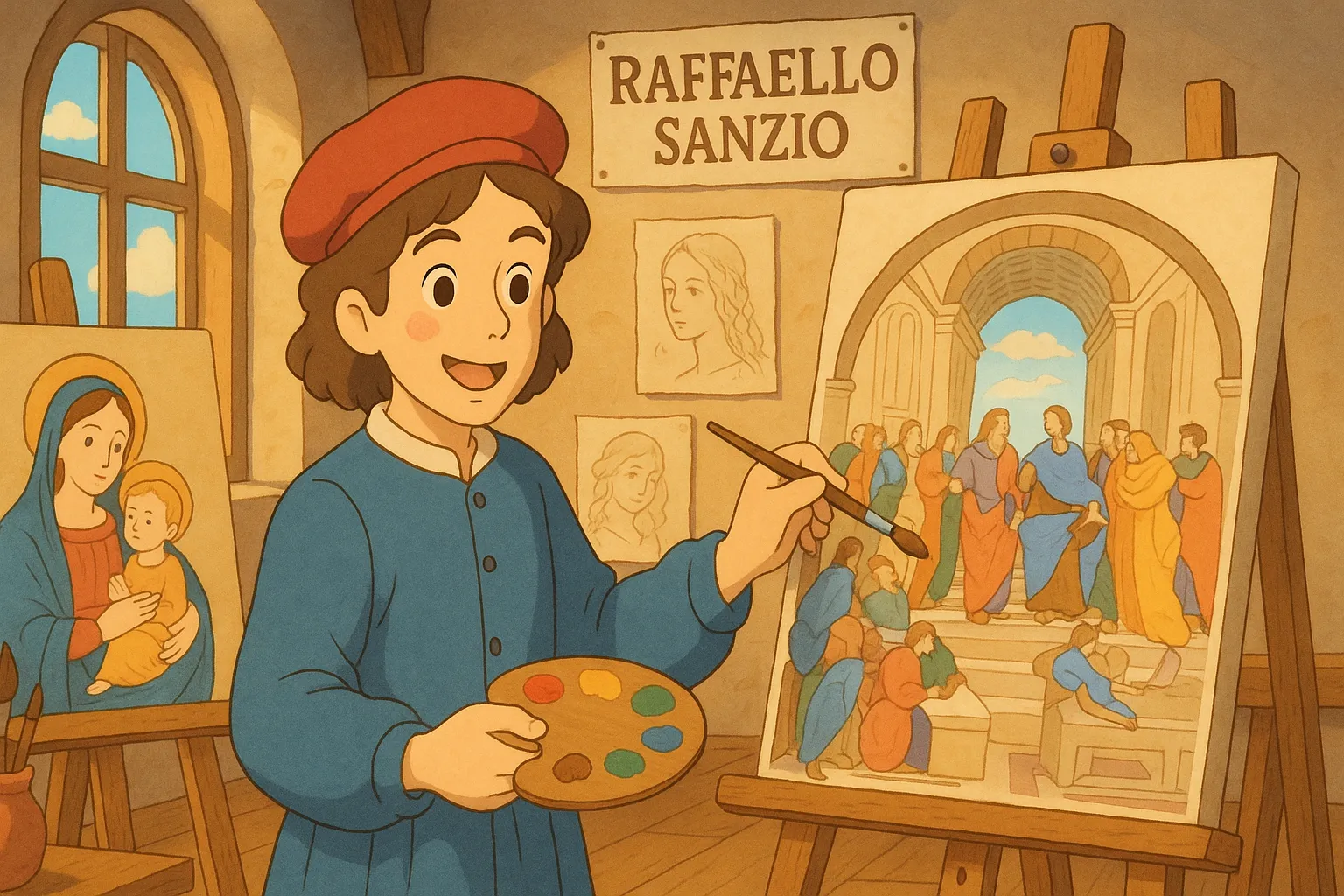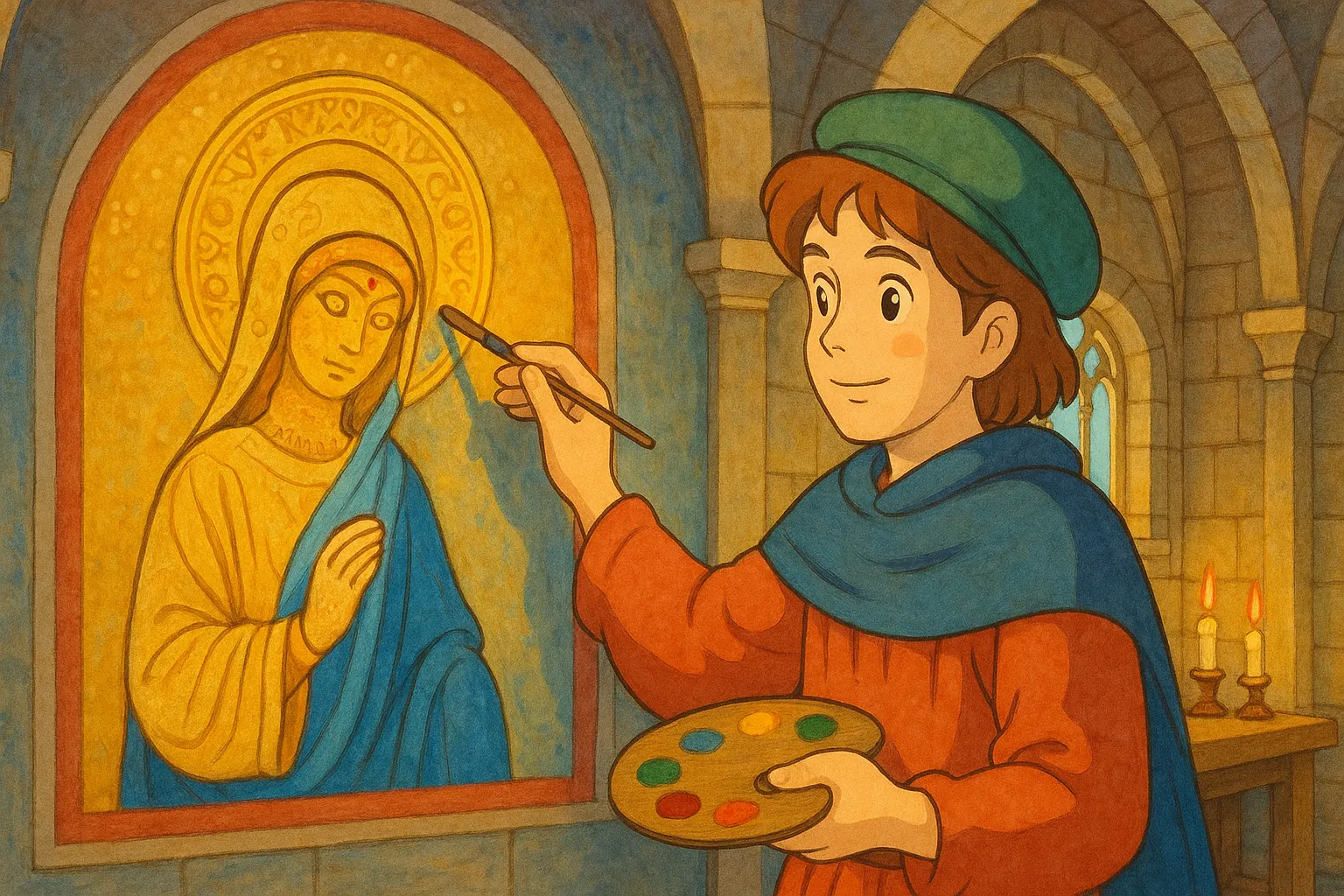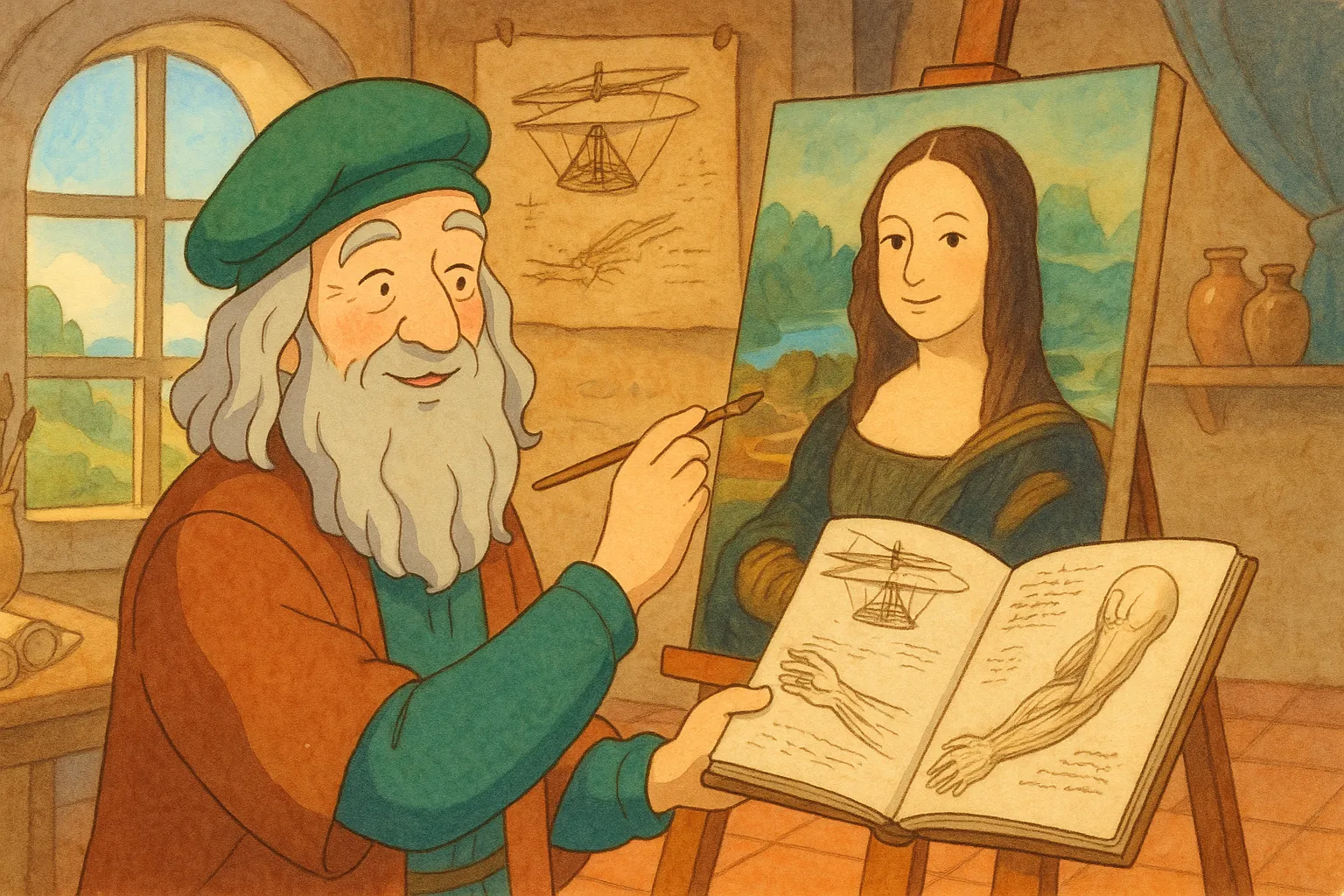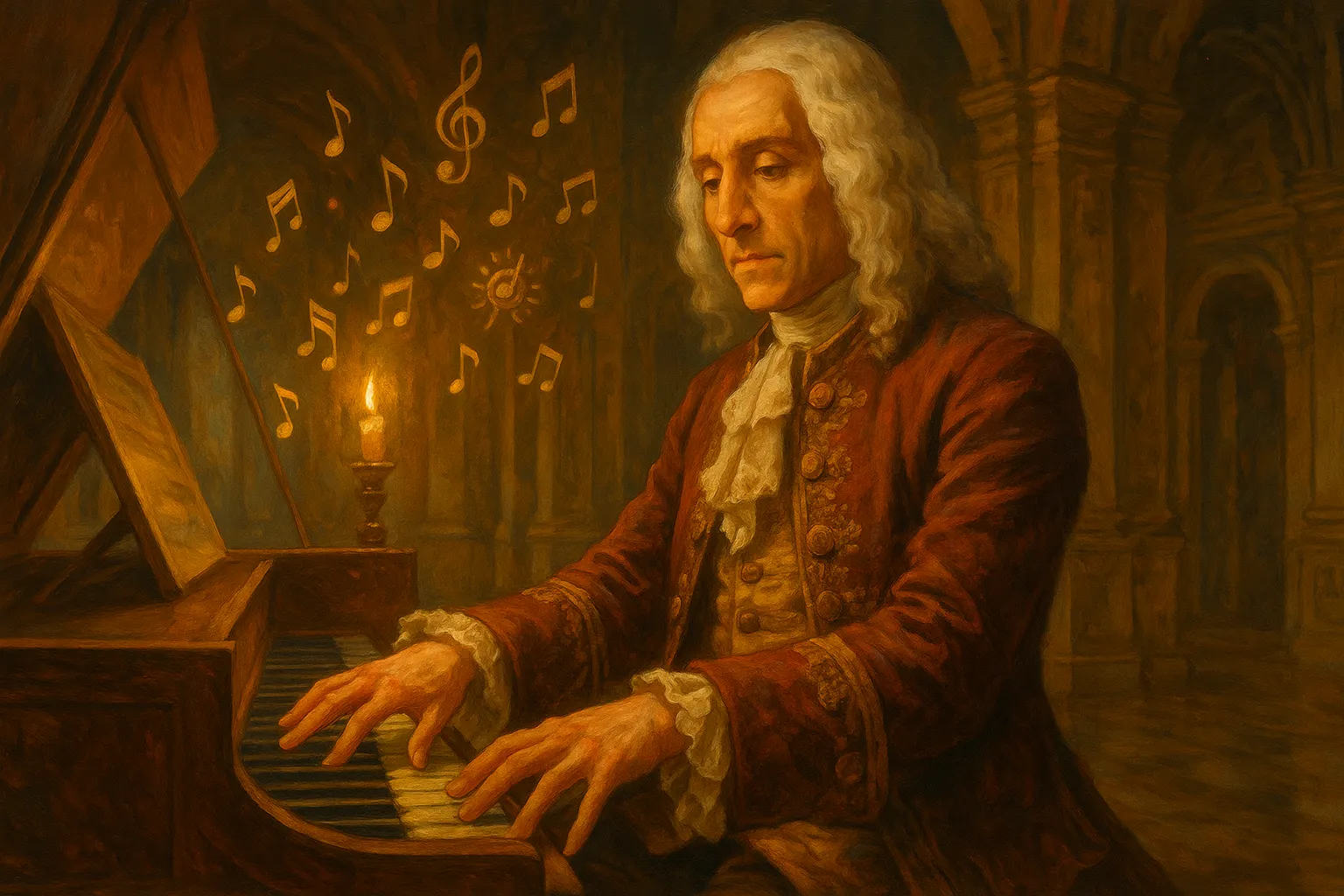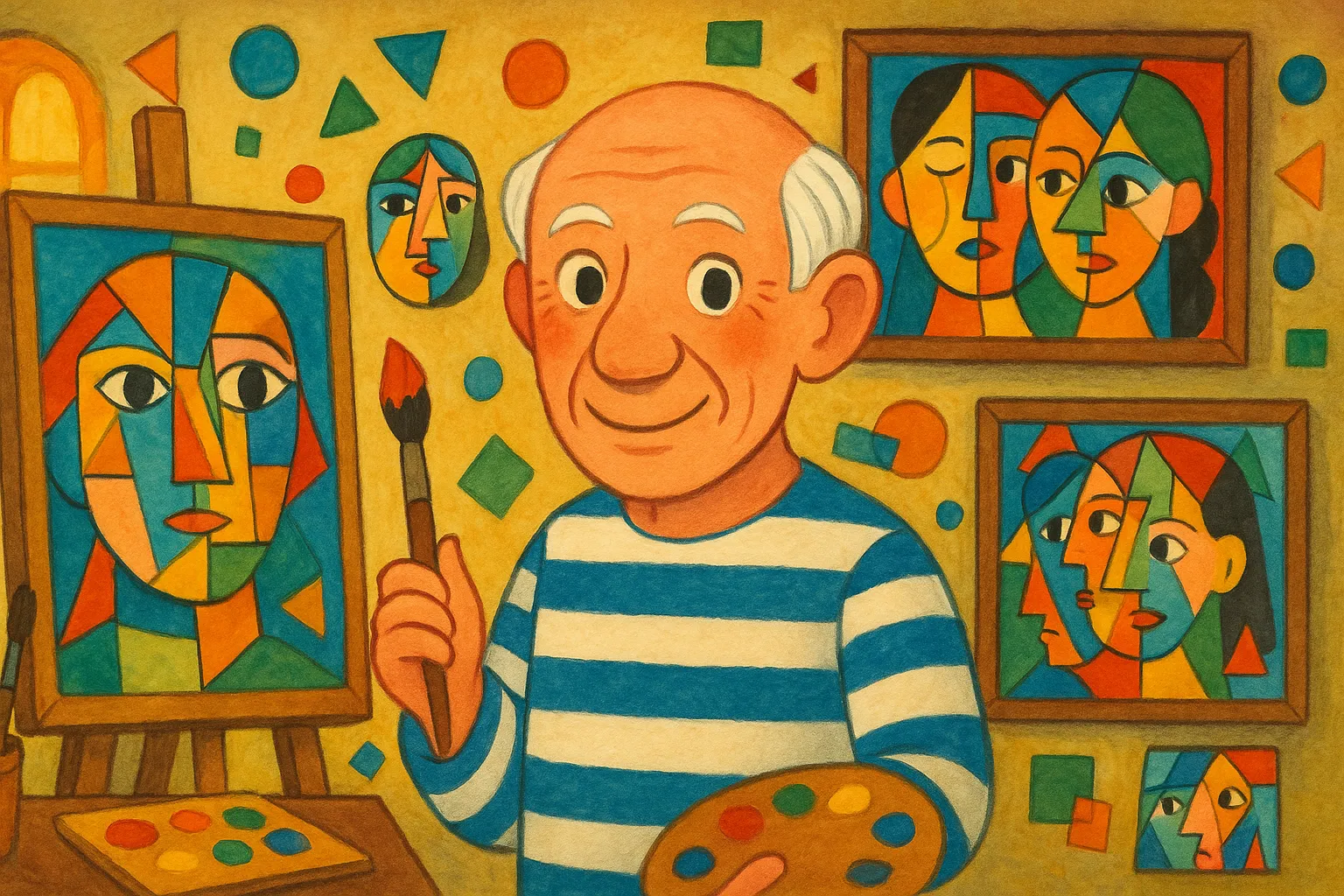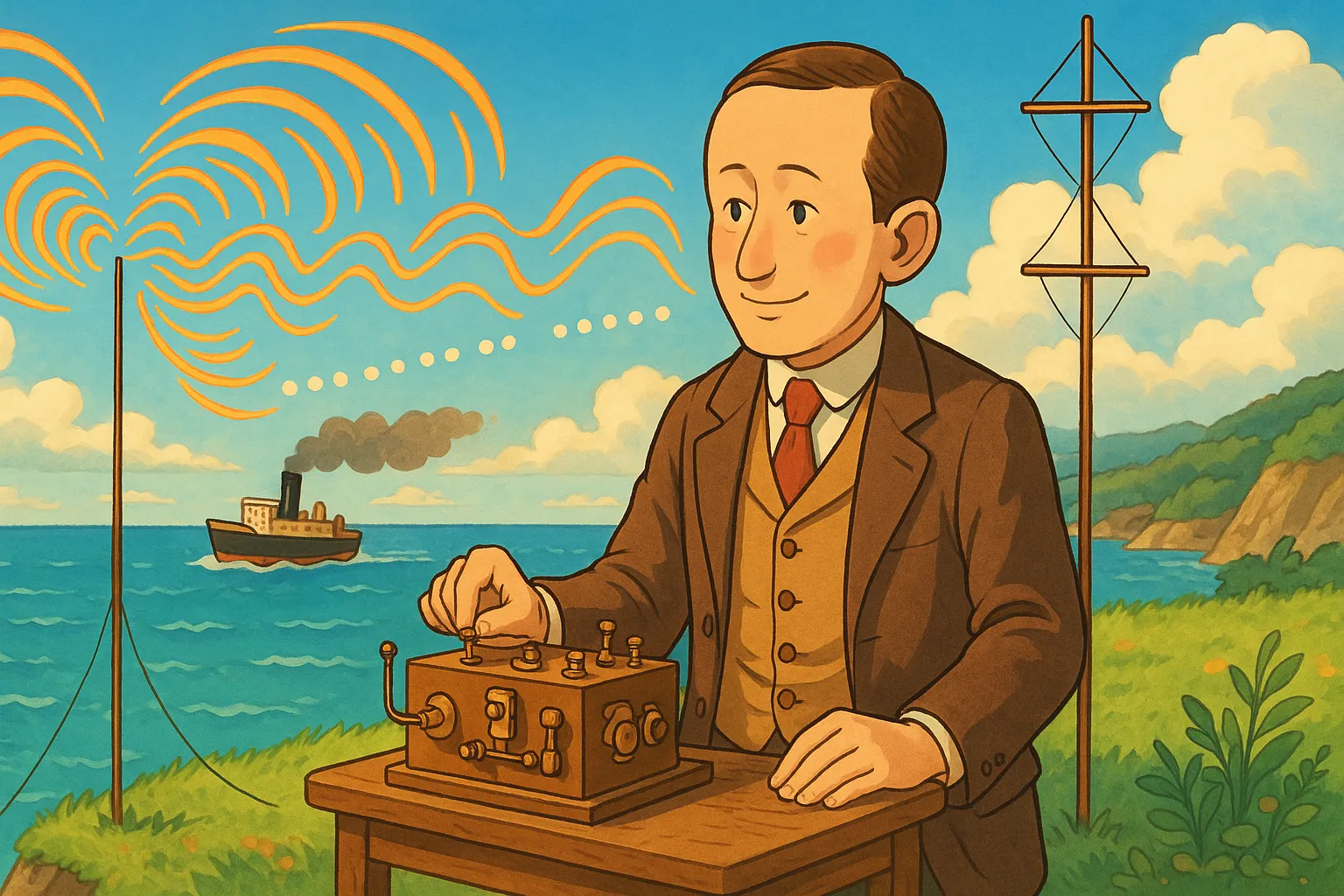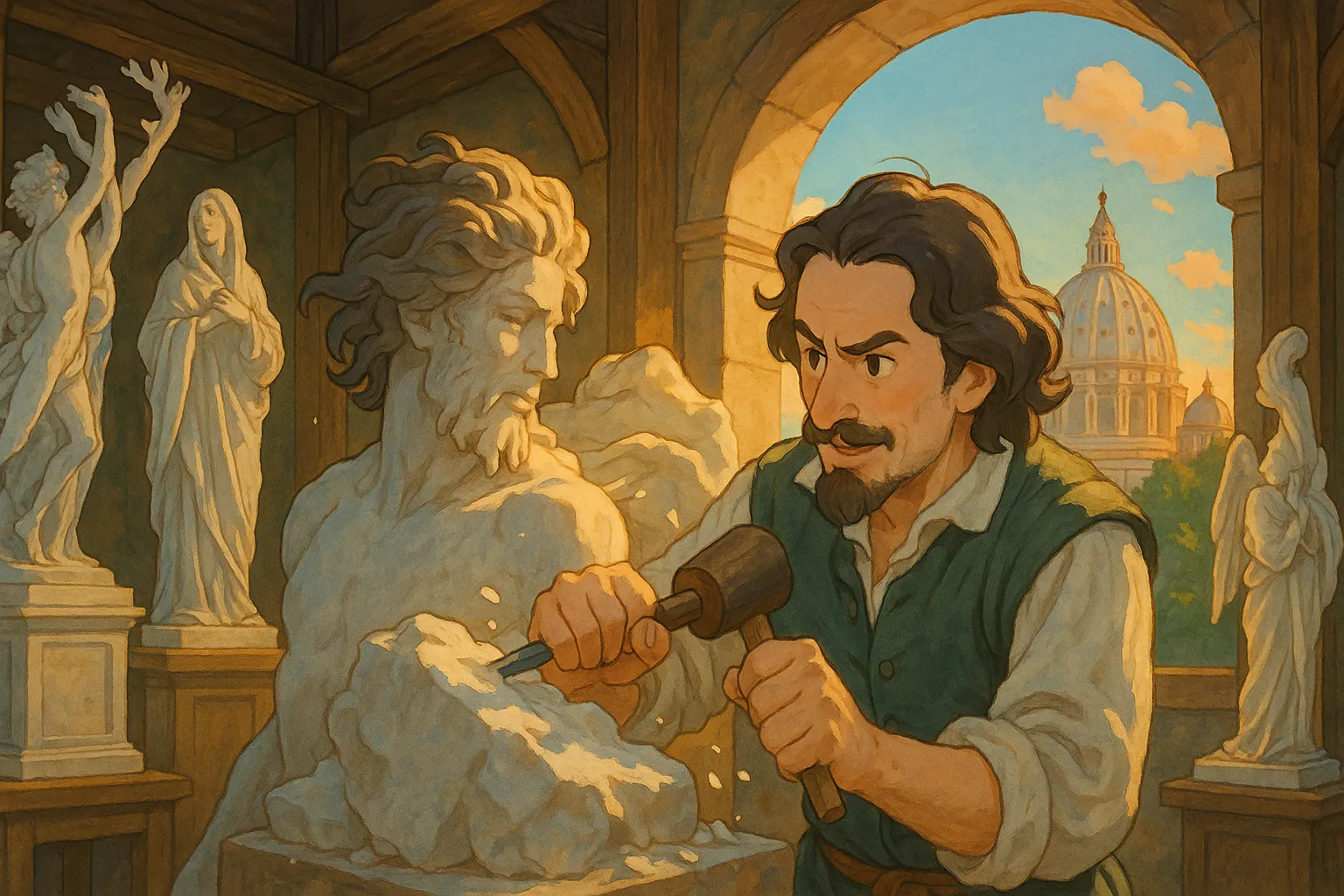
Gian Lorenzo Bernini

1598-1680
Master of Baroque sculpture and architecture
Published: September 16, 2025
Frequently Asked Questions
Who taught Bernini to sculpt?
He learned from his father, Pietro Bernini, who was also a sculptor. Gian Lorenzo trained in his father's workshop and began receiving important commissions when he was young.
Where can I see Bernini's work today?
Most major works are in Rome: St. Peter's Basilica and Square, Piazza Navona (Four Rivers Fountain), Santa Maria della Vittoria (The Ecstasy), plus many churches and museums.
Did Bernini work alone or with helpers?
He led a workshop. Assistants helped with rough carving, while Bernini designed, modeled, and finished key details to make the final piece expressive.
Was Bernini only a sculptor?
No. He was also an architect, fountain and set designer, and creator of church decorations—mixing sculpture, space, and light.
Why is Bernini important to art history?
He defined the Baroque by adding motion, drama, and emotion to sculpture and public spaces. His ideas influenced artists across Europe for centuries.
